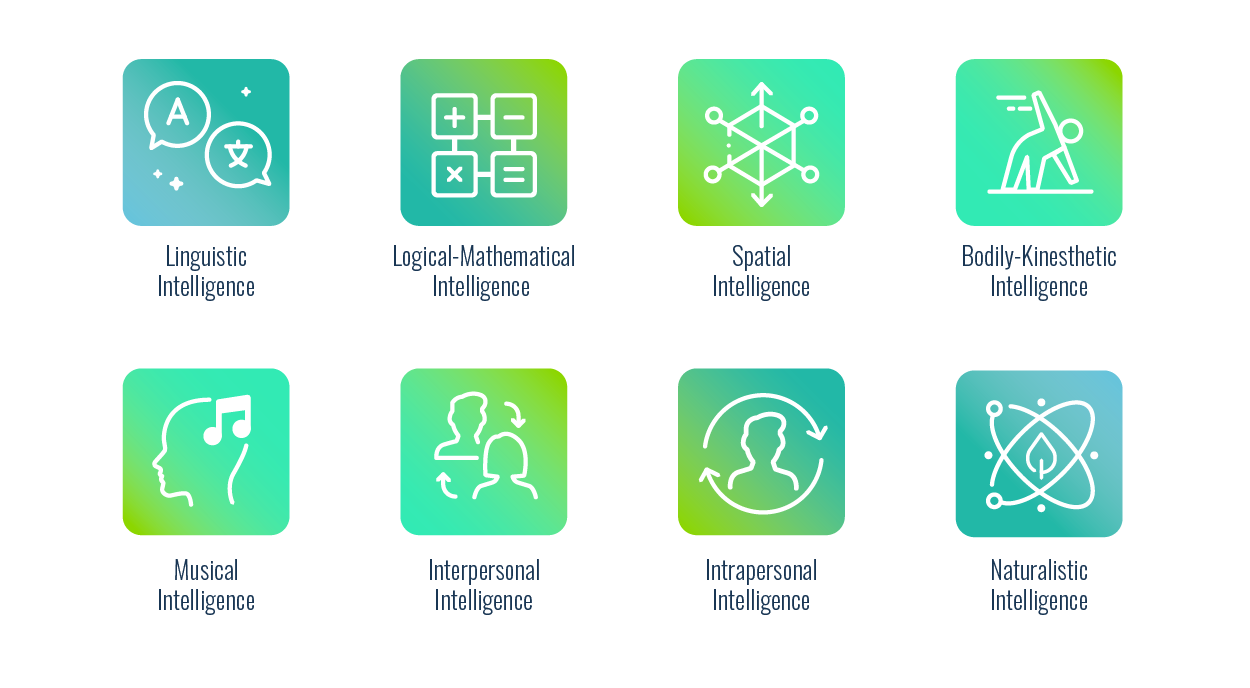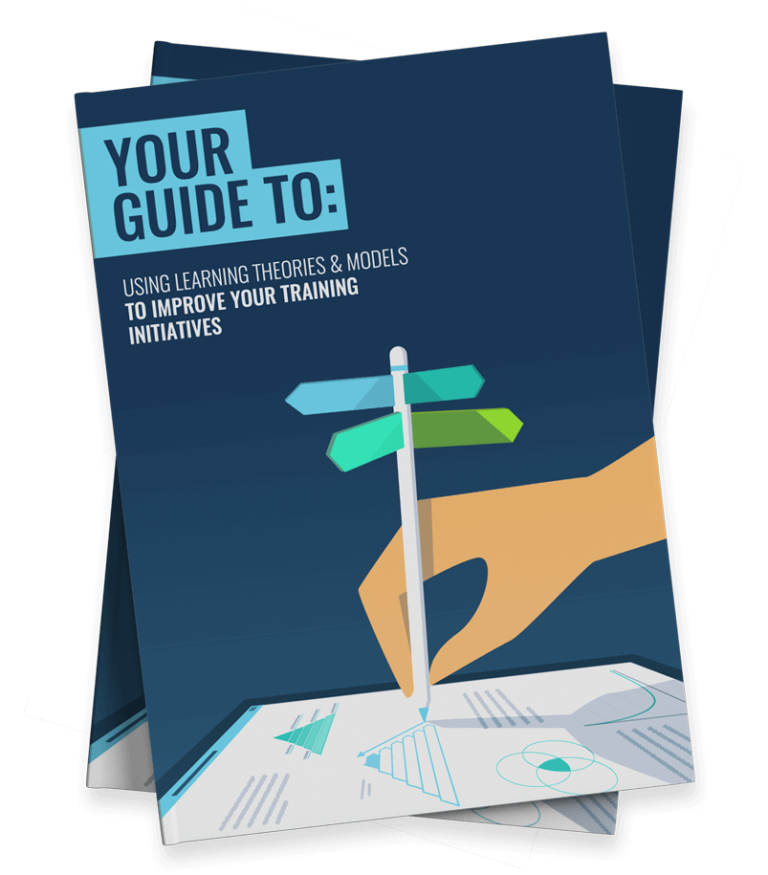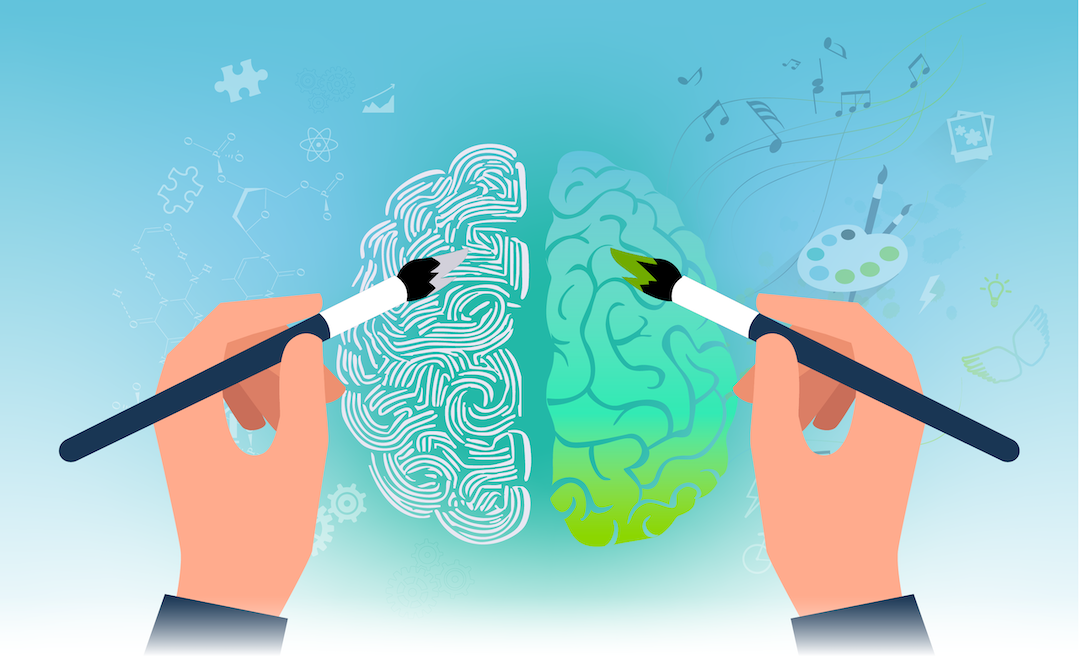
What if everything you thought you knew about being ‘smart’ was only part of the story? This is the idea behind Howard Gardner’s Theory of Multiple Intelligences — a framework that challenges the notion that intelligence can be reduced to a single IQ number.
So, forget one-size-fits-all smarts. Genius comes in all shapes and sizes. Whether it’s a way with words, an understanding of people, a gift for music, or exceptional physical coordination, there are as many forms of brilliance as there are flavours of ice cream.
As Gardner himself puts it, ‘It’s not how smart you are that matters, what really counts is how you are smart.’ And adopting this line of thought is a game-changer for how we learn, teach, and work.
In this article, we’ll explore the multifaceted nature of intellect, break down Gardner’s eight key intelligences, and uncover what this means for you and your learners. Ready? Then prepare to have your perception of intelligence… multiplied.
Who is Howard Gardner?
Howard Gardner (born July 11, 1943) is an American developmental psychologist and a distinguished Harvard professor. His research has significantly shaped our understanding of cognition and education. Perhaps that explains his MacArthur ‘Genius’ Fellowship and 30+ honorary degrees.
As a prolific writer, he has authored hundreds of articles and 30+ books throughout his storied career. In particular, his 1983 book, ‘Frames of Mind’, is renowned for introducing the Theory of Multiple Intelligences and shaking up the learning and development landscape.
Gardner’s mission was to challenge the traditional, narrow view of intelligence. Indeed, he argued that the prevailing focus on IQ tests overlooked and undervalued the diverse talents and capabilities of individuals. As a result, significant potential was going to waste.
This theory catapulted Gardner to rockstar status in the academic world. After all, his work thoughtfully integrates the contributions of key figures in developmental psychology (such as Jean Piaget) and educational reform (like John Dewey), while also attaining a broader cultural impact, comparable to that of Carol Dweck.
What is Gardner’s Theory of Multiple Intelligences?
The Theory of Multiple Intelligences proposes that intelligence is not a single, general capacity. Instead, it’s a set of distinct and relatively independent intellectual abilities. It’s probably best understood when contrasted with conventional notions of intelligence.
You’re likely familiar with the concept of “IQ” or “intelligence quotient”. After all, this is the basis for SAT tests and many pre-employment exams. It’s a measure of a single form of intelligence: a person’s reasoning ability.
Those who perform well in IQ tests tend to garner admiration, access to top-tier schools, and opportunities in leading organisations. But, what about everyone else? Does a poor showing on a standardised test mean you simply aren’t intelligent enough?
According to Gardner, the answer is a resounding ‘no’. He argues that our societal obsession with IQ overshadows other types of intelligence, which merit equal recognition and respect. This begs the question: what exactly do we mean by ‘intelligence’ in this context and how is it different from a learned talent?
Well, Gardner defines an intelligence as follows: ‘a biopsychological potential to process information that can be activated in a cultural setting to solve problems or create products that are of value in a culture’.
If that sounds a little difficult to parse, then don’t worry. To clarify, he also set out some clear criteria:
- Neurological Evidence: The intelligence must have distinct neural pathways or brain regions that are associated with it.
- Core Operations: Likewise, the intelligence must incorporate a unique set of fundamental information-processing mechanisms.
- Developmental Journey: It must also follow a recognisable pattern of mastery, completing a journey from beginner to expert.
- Evolutionary Plausibility: The intelligence must have a demonstrable basis in human survival and adaptive advantage.
- Psychometric Support: It should be able to be measured (at least partially) through validated tests and evidence-based tasks.
- Clear Encoding: Finally, it should be able to be symbolically represented (through words, numbers, musical notation, etc.)
With this framework established, we can now explore the specifics of each intelligence, as defined by Gardner. Let’s dive in!
The Eight Nine Intelligences
In Frames of Mind, Gardner originally identified seven intelligences. This framework later evolved to include an eighth, and he has also, at times, considered adding a ninth. These intelligences are as follows:

- Linguistic Intelligence (‘word smart’): This type of intelligence focuses on a sensitivity to spoken and written languages. Individuals with this intelligence have the ability to learn languages quickly and the capacity to use words wisely to accomplish certain goals. They make for good authors, poets, public speakers, and language tutors.
- Logical-Mathematical Intelligence (‘number smart’): These number-savvy individuals are adept puzzle-solvers and deductive reasoners. As a result, they’re able to solve logical problems, carry out mathematical operations, and investigate issues scientifically. They make for good mathematicians, logicians, and engineers.
- Spatial Intelligence (‘picture smart’): Here, the focus is on our ability to understand and manipulate patterns of space. This requires skills in mental imagery, spatial judgement, and artistic design. These individuals make for good designers, architects, chess players, and even navigators or surgeons.
- Bodily-Kinesthetic Intelligence (‘body smart’): This intelligence focuses on physical or bodily mastery. However, the emphasis lies not on physique, but on refined coordination, dexterity, balance, grace, and precise timing. Accordingly, these individuals usually make for good athletes, dancers, surgeons, craftspeople, and actors.
- Musical Intelligence (‘music smart’): As you might guess, this intelligence is characterised by a strong capacity for discerning, creating, and responding to musical patterns. These individuals may have sensitivity to rhythm, pitch, melody, and tone that others don’t. As such, they make for good musicians, singers, conductors, and sound engineers.
- Interpersonal Intelligence (‘people smart’): This is the realm of natural connectors and those with a powerful set of soft skills. It typically encompasses emotional empathy, persuasive communication, skillful conflict resolution, and leadership. These individuals make for good teachers, therapists, salespeople, politicians, and leaders.
- Intrapersonal Intelligence (‘self smart’): Here, the focus is on self-knowledge, or the capacity to understand yourself and your own thoughts and feelings. Key skills include self-awareness, introspection, and emotional insight. These qualities suit roles that require a deep analysis of the human experience, such as psychology, philosophy, coaching, or spiritual leadership.
- Naturalistic Intelligence (‘nature smart’): This is the ability to recognise, categorise, and draw upon certain features of the environment. It’s typified by a deep connection with nature, including plants, animals, and weather patterns. These individuals make for good farmers, botanists, geologists, and environmentalists.
At various points (such as in 1999’s Intelligence Reframed), Gardner has toyed with adding a ninth option: existential intelligence, or ‘philosophical smart’. This is the capacity to ponder fundamental questions about human existence, such as the meaning of life, death, consciousness, and humanity’s place in the vast expanse of the cosmos.
Yet, despite its intuitive appeal, a lack of clear neurological evidence and representative symbols have prevented Gardner from making the addition official.
The Implications of Gardner’s Theory
So, what does all this mean?
Firstly, if we accept this theory, then our understanding of intelligence must evolve. Instead of a single rigid measure, individuals possess unique profiles of strengths and weaknesses across these different intelligences.
Therefore, while someone might not excel in linguistic or logical-mathematical areas, they may still possess remarkable abilities in musical, spatial, or interpersonal domains. In turn, this should broaden our appreciation for the different ways people can be ‘smart’.
At this point, we should acknowledge the intuitive appeal of this framework. After all, would a failed maths test diminish our perception of Mozart’s genius? And would we not want to apply similar labels to the likes of Martin Scorsese, Magnus Carlsen, and Lionel Messi?
Until now, intelligence has had a narrow academic focus. However, thanks to Gardner’s theory, we are better placed to appreciate and recognise more well-rounded individuals. As we’ll see in a future section, this also has meaningful implications for our learning experiences.
Clearing up the Misconceptions
Over time, the Theory of Multiple Intelligences has somehow been mashed together with the controversial concept of learning styles. Here, the central question revolves around whether we actually learn better when information matches our ‘preferred style’, or if that’s a niggling myth that just won’t go away.
How does this debate relate to Gardner’s framework? Well, some people mistakenly equate his intelligences with different ways that individuals learn best. For example, you could look at this theory and think:
- Spatial intelligence means someone is a ‘visual learner’.
- Musical intelligence means someone is an ‘auditory learner’.
- Bodily-kinesthetic intelligence means someone is a ‘kinesthetic learner’.
However, Gardner has repeatedly made it clear that his theory has no direct relationship with learning styles. His intelligences describe distinct cognitive abilities and intellectual strengths, not preferred ways of processing information.
Gardner has also emphasised that people aren’t limited to just one type of intelligence — you can thrive in multiple areas, and each has its own worth. In his view, there’s no hierarchy of intelligences (which, let’s be honest, would be a pretty unsettling concept).
The Limitations of Multiple Intelligences Theory

Gardner’s theory is attractive because it celebrates abilities that are often overlooked by traditional measures. After all, failing a standardised test shouldn’t be seen as the end of the world. That said, the theory is not without its detractors.
The most common objection is that it suffers from a lack of empirical evidence. Take, for example, this provocatively titled 2023 research paper. While Gardner has set out criteria for what constitutes an intelligence, his critics argue that these standards rely more on observational insights than on robust scientific validation.
Indeed, there could be a terminology or categorisation issue at play here. What some might call intelligences, others may label talents, abilities, or even personality traits. The lines between these categories are far from clear-cut. Likewise, the boundaries between Gardner’s intelligences often blur in practice.
For example, consider a dancer’s skill. Is it solely a manifestation of bodily-kinesthetic intelligence, or does it also involve spatial awareness and musicality? This raises questions about measurement and the practical significance of forging such strict distinctions between these intelligences.
Yet, despite these limitations, Gardner’s theory remains influential, largely due to its humanistic appeal. While it lacks scientific rigor, it has undeniably broadened perspectives on human potential and prompted a valuable re-evaluation of the nature of intelligence.
Perhaps this is why the esteemed cognitive psychologist Jerome Bruner labelled multiple intelligences ‘useful fictions’?
What Does This Mean for Learning Professionals?
Now that we’ve explored Multiple Intelligences Theory and its implications, let’s translate these insights into practice. For learning professionals looking to create more inclusive and effective programmes, here are some research-backed strategies to consider:
- Mix-up Your Formats: Offer content and learning experiences that engage various intelligences. In other words, don’t rely solely on linguistic materials (such as reading or lectures). Incorporate videos, eLearning, hands-on activities, group work, and more. Just don’t start pigeonholing your audience as ‘visual’ or ‘auditory’ learners!
- Personalise Your Pathways: Next, ensure your training materials are rich enough to support a variety of learning pathways. As a result, your audience will be able to take more control over their learning journeys and select approaches that best align with their strengths. This flexibility will mean that every intelligence is catered for.
- Recognise Diverse Talents: In traditional learning environments, we often applaud only the most visible skills. Think impressive test scores, eloquent writing, or quick mathematical thinking. But, as we’ve seen, true intelligence runs much deeper. You should also take care to acknowledge that ‘smart’ comes in many forms.
- Promote Self-Awareness: Encourage your learners to reflect on their own intellectual strengths and how they learn best. While we shouldn’t perpetuate the learning styles myth, this type of introspection can fuel greater ownership of their professional development. Informed learners are empowered learners.
- Embrace Collaboration: Conventional training experiences rarely provide an opportunity for learners to flex their interpersonal muscles. With this in mind, why not implement social learning tools that help your team to learn from and with each other, drawing upon the varied intellectual strengths present within the group?
Gardner’s theory shines as a tool for inclusivity, rather than as a rigid framework. By remaining adaptable and focusing on potential rather than labels, you can create more engaging and equitable learning environments that produce better outcomes.
And don’t forget: traditional tests and assessments will only show you part of the picture. If you want to truly understand where your team shines (and where they could grow), you should embrace performance reviews, practical demonstrations, and project-based work.
Final Words
If traditional labels like ‘smart’ or ‘stupid’ have ever left you feeling boxed in, then you can consider Howard Gardner’s Theory of Multiple Intelligences your invitation to break free. This isn’t just about redefining intelligence, it’s about reclaiming potential.
When we embrace the many and varied ways we can all shine, we move beyond narrow definitions of ability. In turn, we can then shift our focus to creating learning environments that truly cater to all.
Now it’s time to put this theory’s principles into practice. You’ll need to diversify your instructional strategies, empower your learners, and realign your assessment methods. After all, one test doesn’t define you or your learners.
It’s time to multiply your approach and multiply your potential.
Thanks for reading. If you’ve enjoyed this content, please connect with me here or find more articles here.
Understanding Multiple Intelligences is just the beginning. For a complete overview of all the essential learning theories and models, check out our new guidebook, ‘The Learning Theories & Models You Need to Know’.





